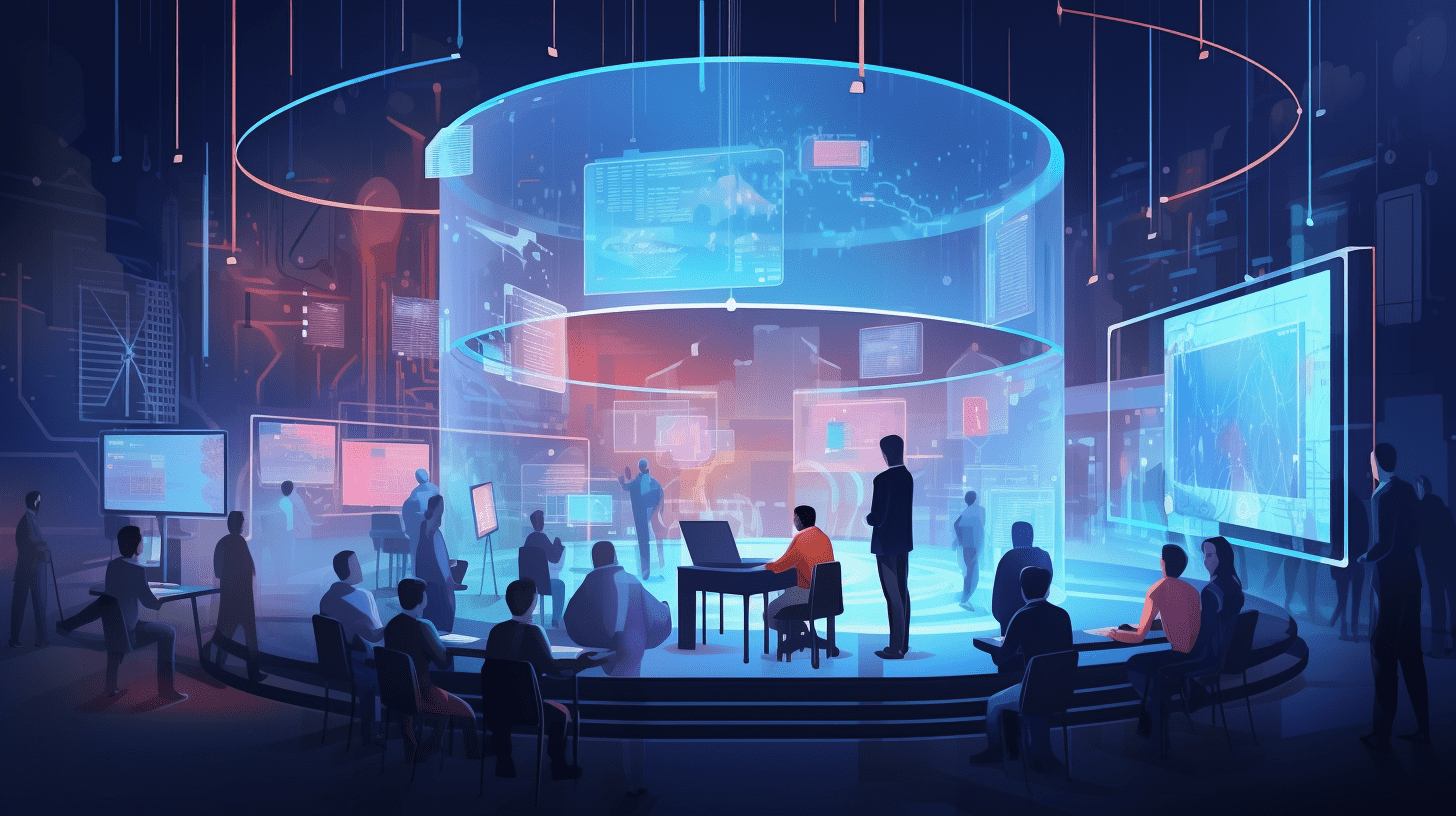Relying on reducing costs to "squeeze out" profit margins, is it difficult to do business in the beer industry in the second half?
The transformation towards high-end of the industry, optimization of product structure, and the decline in costs, have driven the overall gross profit margin of the sector to increase.
Despite the boost in sports events such as the European Cup, Copa America, and the Olympics, the performance of the beer sector in the first half of the year was not as hot as expected. Not only did many top companies experience a decline in sales volume, but the industry's production growth in the first half of the year also fell short of expectations.
According to data from the National Bureau of Statistics, China's beer production by large-scale enterprises totaled 19.08 million kiloliters from January to June 2024, an increase of only 0.1%, with consecutive declines since March, decreasing by 6.5%, 9.1%, and 4.5% respectively year-on-year; among the top 5 beer companies, 3 reported a decrease in sales volume in the first half of the year, with Tsingtao Brewery (00168) experiencing the fastest decline in sales volume, down by 7.8%.
Behind the "cooling" beer market, not only are objective factors such as extreme weather conditions and the high base effect at play, but it also reflects the continuous erosion of the beer market's consumption power due to changes in population structure, lifestyles, and economic environment: the development of internet technology has shifted social activities more towards online platforms, reducing offline drinking scenes, while the increase in car ownership and the enhancement of health concepts have further weakened the consumption habits of drinking during gatherings.
At the same time, the growth in sales of craft beer and short shelf-life beer categories catering to the preferences of the younger generation indicates that there are still many opportunities for growth in the industry. Although China's high-end beer market is still in its early stages, with the advancement of industry diversification, youthfulness, and quality improvement trends, the beer industry may also usher in new opportunities for structural upgrading.
Revenue and sales volume are generally under pressure, but cost reduction helps improve profits
Looking at the production and sales volume of the beer industry in the first half of the year, top beer companies have generally experienced a decline in sales volume. Among the top 5 companies, only Chongqing Brewery (600132.SH) and Beijing Yanjing Brewery (000729.SZ) saw growth in sales volume in the first half of the year. Chongqing Brewery benefited from a strong tourism market in its base market combined with continuous channel expansion, with a sales volume growth of 3.3% year-on-year, outperforming the overall beer industry; Beijing Yanjing Brewery showed some growth resilience relying on the large volume of its key products, with a sales volume growth of 0.65% year-on-year.
In terms of overall performance...Other industries are facing even greater challenges; as local young people move to big cities, the hard hit on the consumer market will further constrain the consumption frequency and quantity of the local beer market.Overall, in the first half of the year, the beer sector faced significant sales pressure, even with the boost from sports events and peak sales season, performance still fell short of expectations. However, with the support of highlights such as decreasing raw material costs and good expense control levels, most companies still achieved a positive growth in net profit.
Slowing down of premiumization process, exploration of new growth space in diversified categories
After years of industry-wide premiumization upgrade, the beer industry has now entered a new stage from quantity increase to value increase. Data shows that in the first half of 2024, the average selling price of most beer companies has slightly increased. However, the increase in ton price for top companies has been limited, with only smaller market share companies like Beijing Yanjing Brewery and Guangzhou Zhujiang Brewery achieving a more significant increase in ton price, with sales prices increasing by 6.7% and 4.0% respectively year-on-year, mainly due to the strong sales of high-end flagship products driving the increase in average selling price.
Quarterly, due to factors such as the absence of on-site consumption scene, weak consumer power, the speed of industry premiumization slowed in the second quarter, with the sales price increase of beer companies generally weaker than in the first quarter. Among top companies, BUD APAC (China), Tsingtao Brewery, and Chongqing Brewery all saw a decline in sales price in the second quarter year-on-year.
Looking specifically at the premiumization progress of each brand, in the first half of the year, the sales volume of mid-range and above beer at CHINA RES BEER exceeded 50% for the first time, with sales volume of mid-to-high-range beer growing in the single digits compared to the same period last year. Sales of high-end beer increased by over 10% year-on-year, especially with products like "Budweiser", "Snow Beer", and "Red Bud" seeing sales growth of over 20% compared to the same period last year;
Tsingtao Brewery's main brand sales volume was 2.61 million hectoliters, with sales of mid-to-high-end products totaling 1.896 million hectoliters, driving the company's hectoliter liquor revenue to grow by 1% year-on-year, but compared to the same period last year, the data all showed varying degrees of decline;
Beijing Yanjing Brewery and Guangzhou Zhujiang Brewery started the premiumization process later and the high growth was mainly due to the low base effect of the same period last year. Between 2020 and 2023, Beijing Yanjing Brewery's high-end flagship product U8 saw rapid growth in sales volume, with sales accounting for 3.3% rising to 13.5%, driving rapid performance improvement.
The 2024 half-year report shows that Beijing Yanjing Brewery's mid-to-high-end products achieved operating income of approximately 5.064 billion yuan, a year-on-year increase of 10.6%, accounting for 68.54% of the main business income; Guangzhou Zhujiang Brewery also performed well, with high-end products generating revenue of 2.04 billion yuan in the first half of the year, a year-on-year growth of 17.19%, accounting for 70.95% of the main business income.
It is understood that over the past decade, the market concentration of the Chinese beer industry has continued to increase, the industry structure has become more stable, and various companies have been striving to expand new consumption scenes and explore new niche tracks.
For example, in the niche category of craft beer, Chongqing Brewery acquired the well-known craft beer brand "A" last year, Beijing Yanjing Brewery launched the Lion King craft beer brand, and planned to set up a new craft beer production base;
Tsingtao Brewery took a different approach by launching a fresh delivery series of fresh beer that has not been pasteurized at high temperatures, seizing the high-end fresh product market rapidly with the help of cold chain fast transportation;
In terms of innovative consumption scenarios, Chongqing Brewery's Wusu brand collaborated with well-known brands like CHOW TAI FOOK, KFC, Benassi, etc., and launched joint activities and products, and released the commemorative product "My Altai-style Wusu" on the 40th anniversary of the Wusu factory, digging into the social attributes of beer.
Looking ahead, premiumization, youthfulness, and diversification have become industry trends, and the beer market is transitioning from low value-added, price-oriented industrial beer towards multi-category directions such as craft beer, puree beer, white beer, black beer, etc., with styles and taste features. The low-sugar, non-alcoholic beer and other health-oriented niche tracks also have growth potential.
From a market perspective, with further relief of cost pressures, middle to high-end products driving steady ton price growth, high-quality beer leaders still have strong fundamental support. Considering that the valuation of the beer sector is currently at historically low levels, industry leaders with high dividend advantages have more long-term value for allocation.
Related Articles

On December 24, the Green Tea Group (06831) spent HKD 392,000 to repurchase 60,400 shares.

WEIHAI BANK (09677) plans to issue up to approximately 328 million domestic shares to Caixin Asset, raising funds of up to 10.79 billion yuan.

SINOHEALTH HOLDINGS (02361) intends to rename itself "Zhongkang Technology Holdings Limited".
On December 24, the Green Tea Group (06831) spent HKD 392,000 to repurchase 60,400 shares.

WEIHAI BANK (09677) plans to issue up to approximately 328 million domestic shares to Caixin Asset, raising funds of up to 10.79 billion yuan.

SINOHEALTH HOLDINGS (02361) intends to rename itself "Zhongkang Technology Holdings Limited".

RECOMMEND





